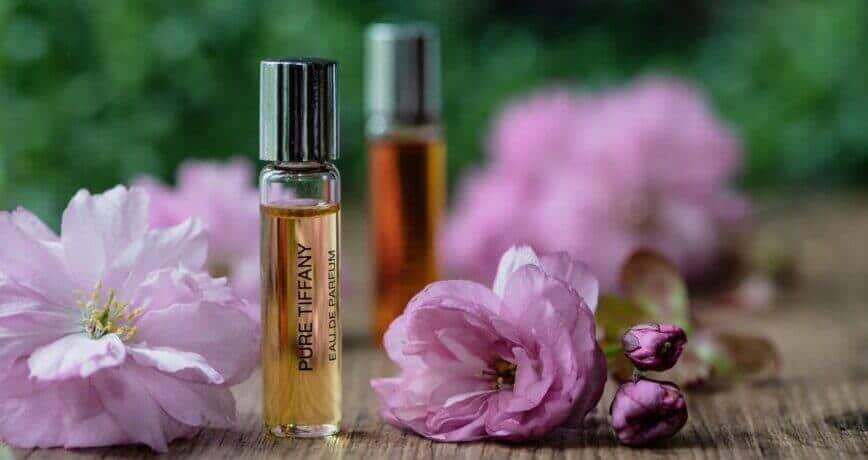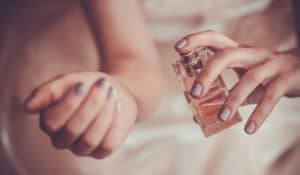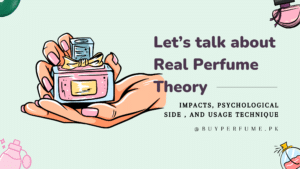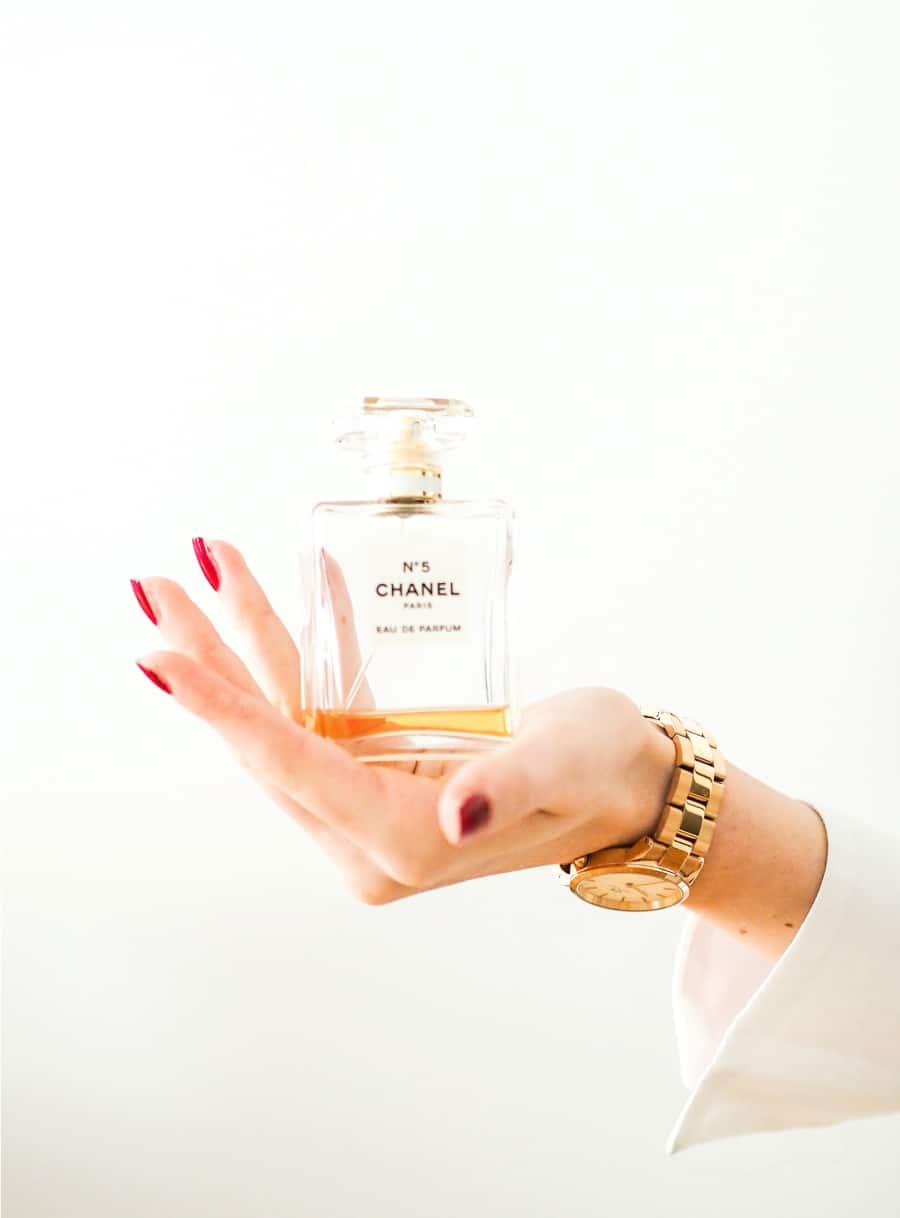Introduction
Perfume is a mixture of aromatic essential oils or aromatic compounds, stabilizers and solvents, used to give the human body, animals, food, things and places of life a pleasant smell. It is usually in liquid form and is used to impart a pleasant aroma to the human body.
Ancient texts and archaeological excavations show the use of perfumes in some of the oldest human civilizations. While modern perfumery began at the end of the 19th century with the commercial synthesis of aromatic compounds, which made it possible to create perfumes with a scent that previously could only be obtained from natural aromatics.
Describing a perfume
The most practical way to begin to describe a fragrance are the olfactory elements, or the “family” to which it belongs, all of which influence the overall impression of a fragrance from the first application to the last hint of the fragrance.
Framework of Perfumes
Perfume oils typically contain dozens to hundreds of ingredients and are usually organized into a fragrance for the specific role they will play. These components can be classified into four groups: (Check out Wiki)
Primary Notes (Heart):
It can be made up of one or more major components of a given concept, such as “rose”. Alternatively, multiple ingredients can be used together to create an “abstract” base scent that is unlike natural ingredients. For example, jasmine and rose scents are usually a mixture of abstract floral scents. The cola flavor is a good example of the abstract initial aroma.
Modifiers:
These ingredients change the initial aroma to give the fragrance a certain desirability: for example, fruit esters can be included in the primary flora to create a fruity floral scent; Calone and citrus notes can be added to create a “fresher” floral scent. The cherry aroma of Cherry Cola can be considered altered.
Blenders:
A large group of ingredients that facilitate the transfer of a fragrance between different “layers” or bases. These can be used as the main ingredient for the primary flavor. Common blend ingredients include linalool and hydroxy citronellal.
Fixatives:
It is used to support the initial aroma by strengthening it. Many resins, wood fragrances and amber bases are used as stabilizers.
The top, middle and base notes of this fragrance may contain separate base and supporting notes. The scent oils are then mixed with ethyl alcohol and water, kept stale in tanks for several weeks, then filtered through processing equipment, respectively, to allow the fragrance components in the mixture to settle. and remove sediment and particles before filling the solution. In perfume bottles.
Making of Perfumes
Believe me, these sweet perfumes go a long way before reaching into our closets.
Obtaining natural scents
Before creating a perfume, you must first get the scents used in the different perfume formulations. Synthetic fragrances are produced by organic synthesis and purification. Aromatherapy from natural sources requires the use of different methods of extracting aromatics from raw materials. The results of the extraction are either base oils, absolutes, concrete or butter, depending on the amount of wax in the extracted product.
Composition of Perfumes
The task of creating the perfumes for sale is left to an expert in perfume composition or known in perfumery as a perfumer. The composition of the perfume usually begins with a summary from the employer of the perfumer or an outside customer. Usually, the perfumer’s clients or entrepreneurs are fashion houses or large companies from various sectors.
The perfumer will then go through the process of mixing several mixtures of perfumes and selling the formula to the customer, often with changes in the composition of the perfume. The perfume composition will then be used either to improve another product such as shampoo, make-up, detergents, car interiors, as a functional perfume, or to be marketed and sold directly to the public as a good perfume.
Modern Perfumery
Instead of building a perfume “from scratch”, many modern perfumes and colognes are made from perfume basics or just basics. Each base is a standard scent that is blended with essential oils and aromatic chemicals, and is formulated with a simple concept like “fresh herb” or “juicy sour apple”.
Confidentiality of Ingredients
The exact formulas of commercial perfumes are kept confidential. Even though it is widely distributed, it will be so dominated by complex ingredients and fragrances that it will be of little use in providing a guide for the general consumer to describe the olfactory experience. However, connoisseurs of perfumery can become very adept at identifying the ingredients and origins of the aroma in the same way as a wine expert.
If you’re interested in trying a strong, long-lasting perfume, here are some popular perfumes I’d recommend:







best quality oriented items for nice ones.
my best choose of all time is CDNIML. What do anybody else think about it in the community?
Appreciating the time and energy you put into your blog
and in depth information you present. It’s awesome to come across
a blog every once in a while that isn’t the same unwanted rehashed
material. Great read! I’ve saved your site and I’m adding your
RSS feeds to my Google account.
Thanks for appreciation
This is an exceptionally exact article. Your Perfume is an impression of your character. The smell of your Perfume can uncover a ton about your character. As a rule, I pick Signature Perfume.
Very Well Written Article Perfumes is defined as a nice smell, or a substance created to produce a nice smell. An example of perfume is the scent of potpurri. noun. 1. Perfume means to give a nice smell to something.